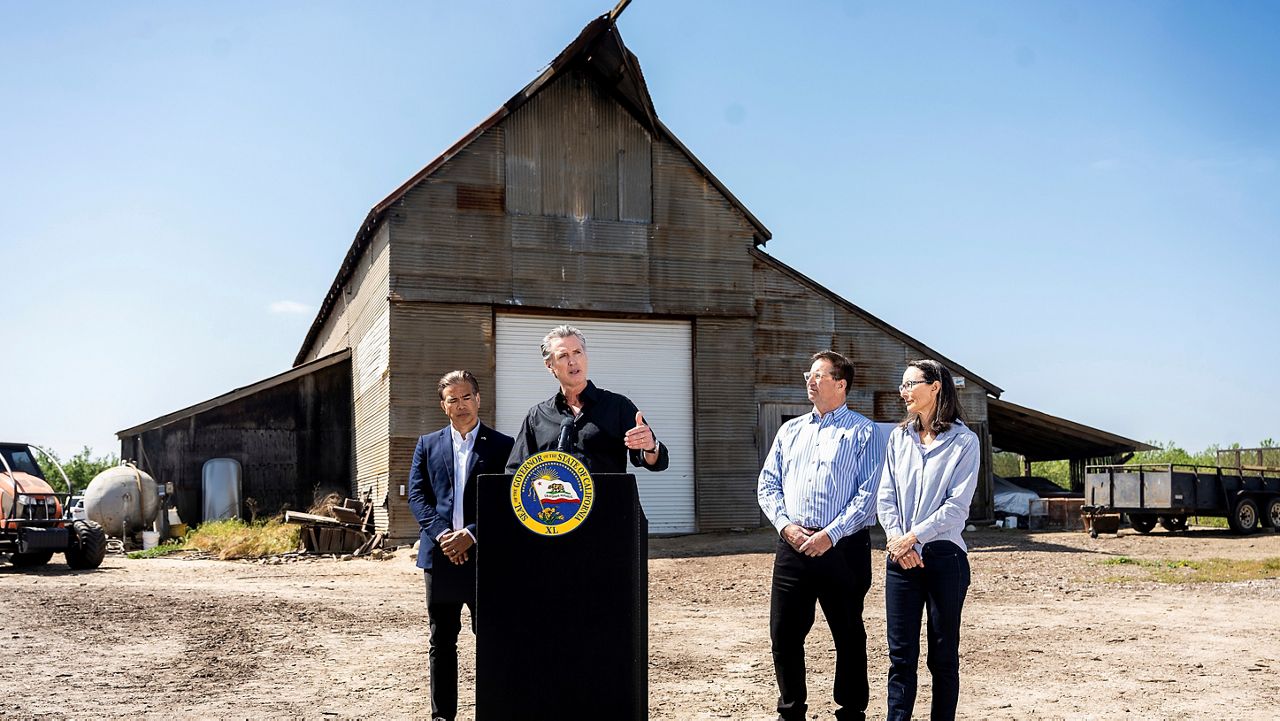It's been about 300 years since the southernmost part of the San Andreas Fault has seen a major earthquake and despite a lot of talk about the “Big One,” not many major earthquakes have hit along the fault line in our region.
Researchers at San Diego State University have been wondering why. Matthew Weingarten, assistant professor of Geological Sciences at the university spoke with “Inside the Issues” host Alex Cohen about their research published in the journal Nature.
“Typically, big sections of major plate tectonic boundaries have earthquakes on characteristic time intervals,” he said “The southern part of the San Andreas fault, we know, over the last 1,000 years, has had six or seven major earthquakes. And those earthquakes tend to occur on an interval of about 180 years. So the open question here is why has it been 300 years since the last major earthquake.”
The research points to the drying up of the Salton Sea in Riverside and Imperial counties. The body of water lies on the San Andreas Fault.
Weingarten says six of the seven past major earthquakes on the southern part of the fault occurred when an ancient and much larger remnant of the Salton Sea known as Lake Cahuilla, was present in the Salton Trough.
The study out of SDSU looked at the stresses along the southern San Andreas Fault from the weight of the water and the pressure leaking down to the fault zone.
“We found that those stresses promoted the likelihood of having an earthquake when the lake was present,” said Weingarten.
The current Salton Sea is a much smaller amount of water, according to the study. Weingarten points out however, that it is not that a lack of water is preventing a large earthquake from happening, rather that it may just be delaying one.
“We actually think that the longer you go without having an earthquake the higher the risk of a major event,” he said. ”We can't predict earthquakes and I think the best way to mitigate your hazard or mitigate the risks is to be prepared.”
Weingarten suggests that people living in Southern California should visit online resources, such as the The Great Shakeout website and download the ShakeAlert app.
Let Inside the Issues know your thoughts and watch Monday through Friday at 8 and 11 p.m. on Spectrum News 1.










